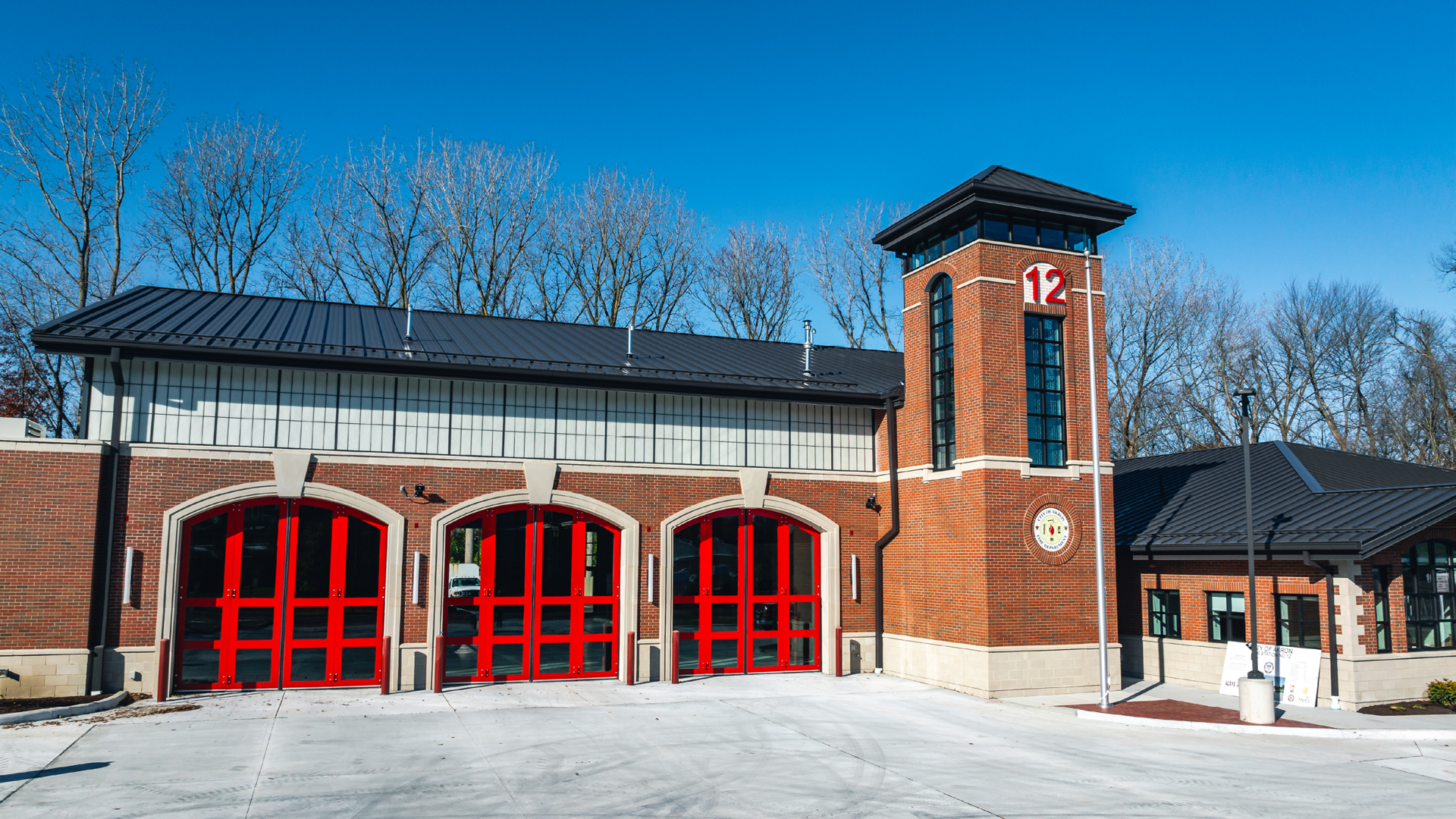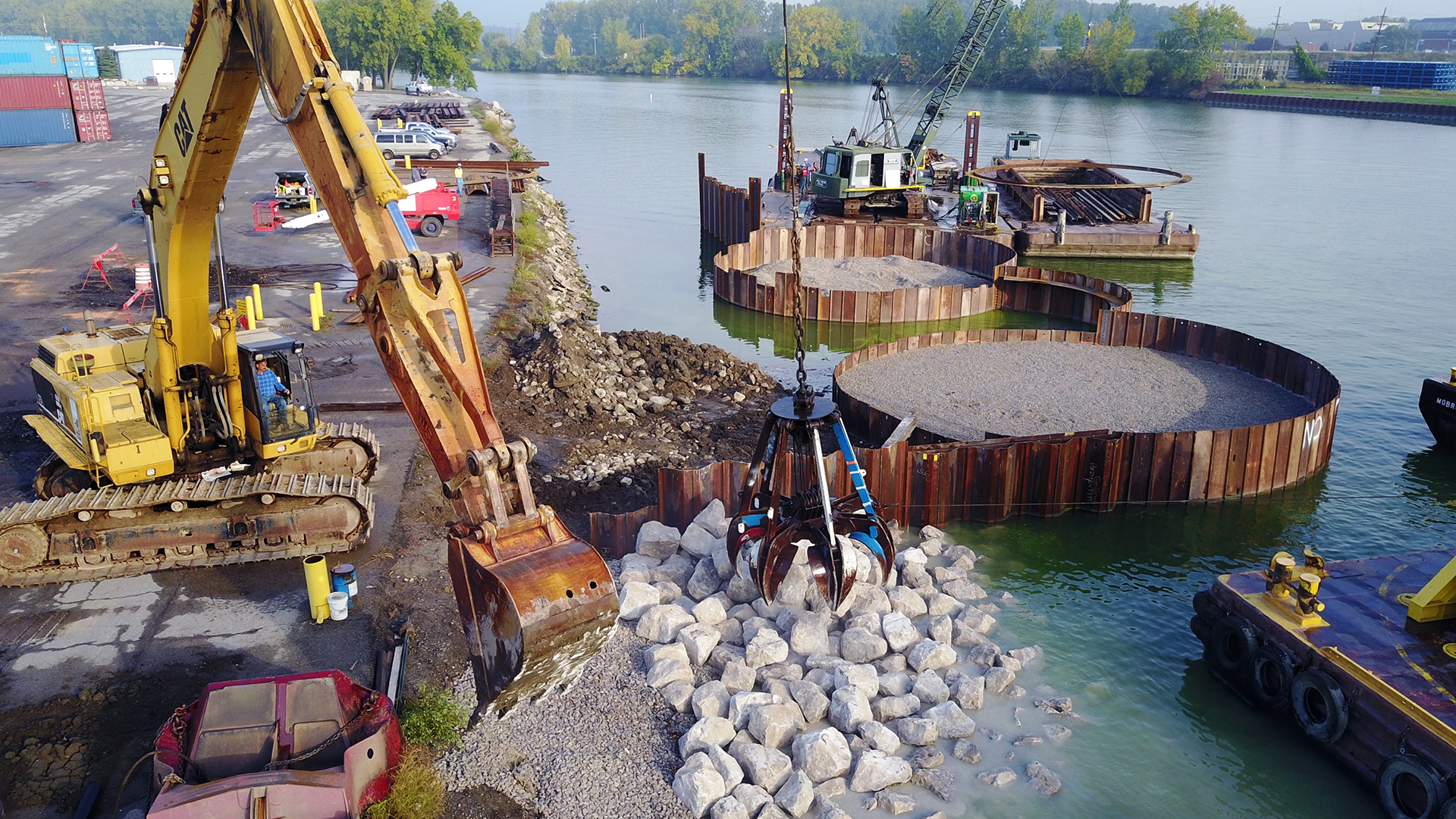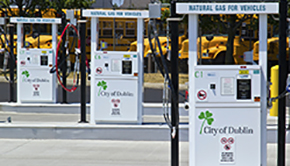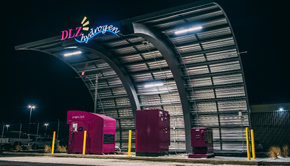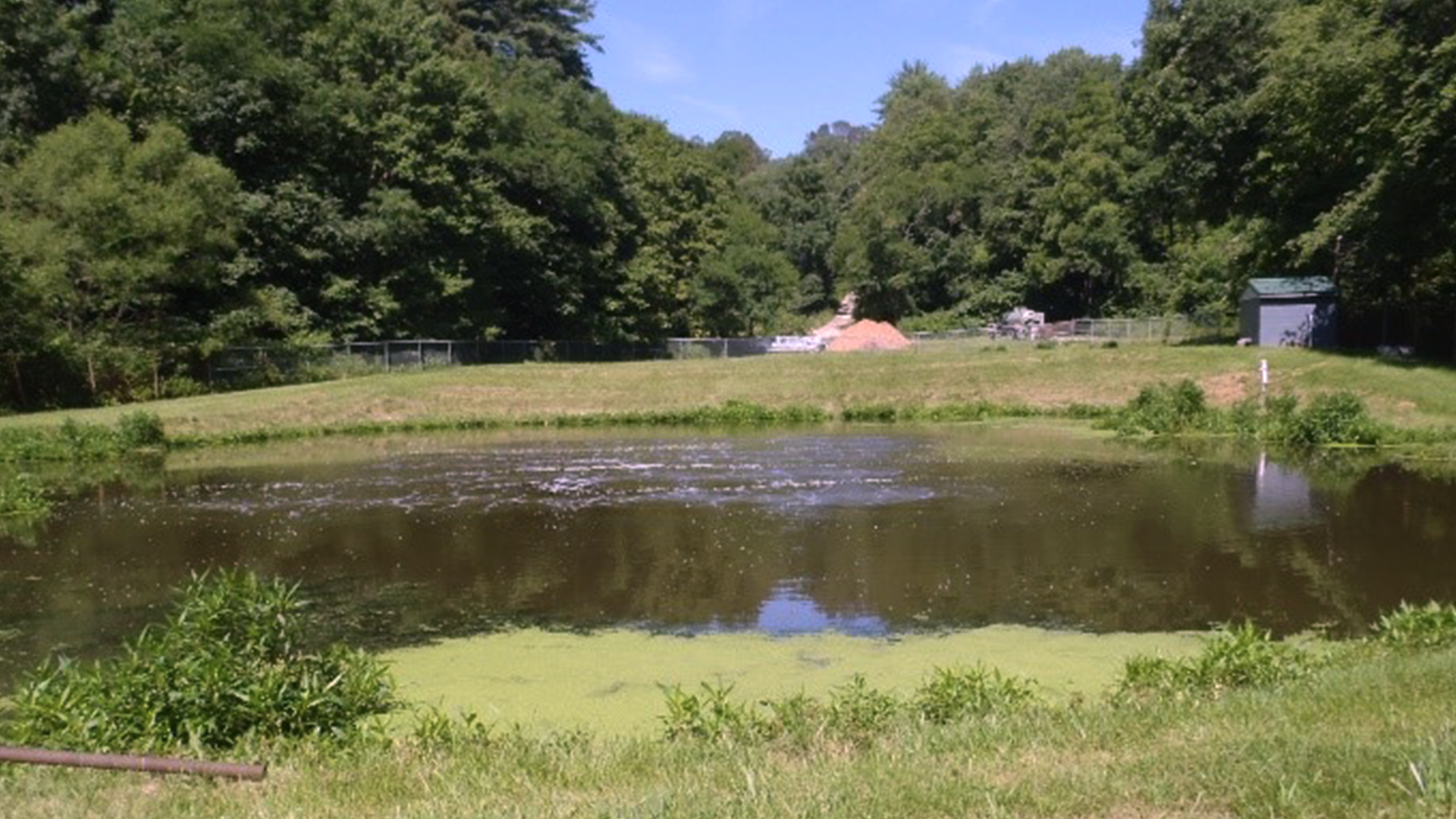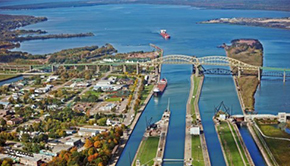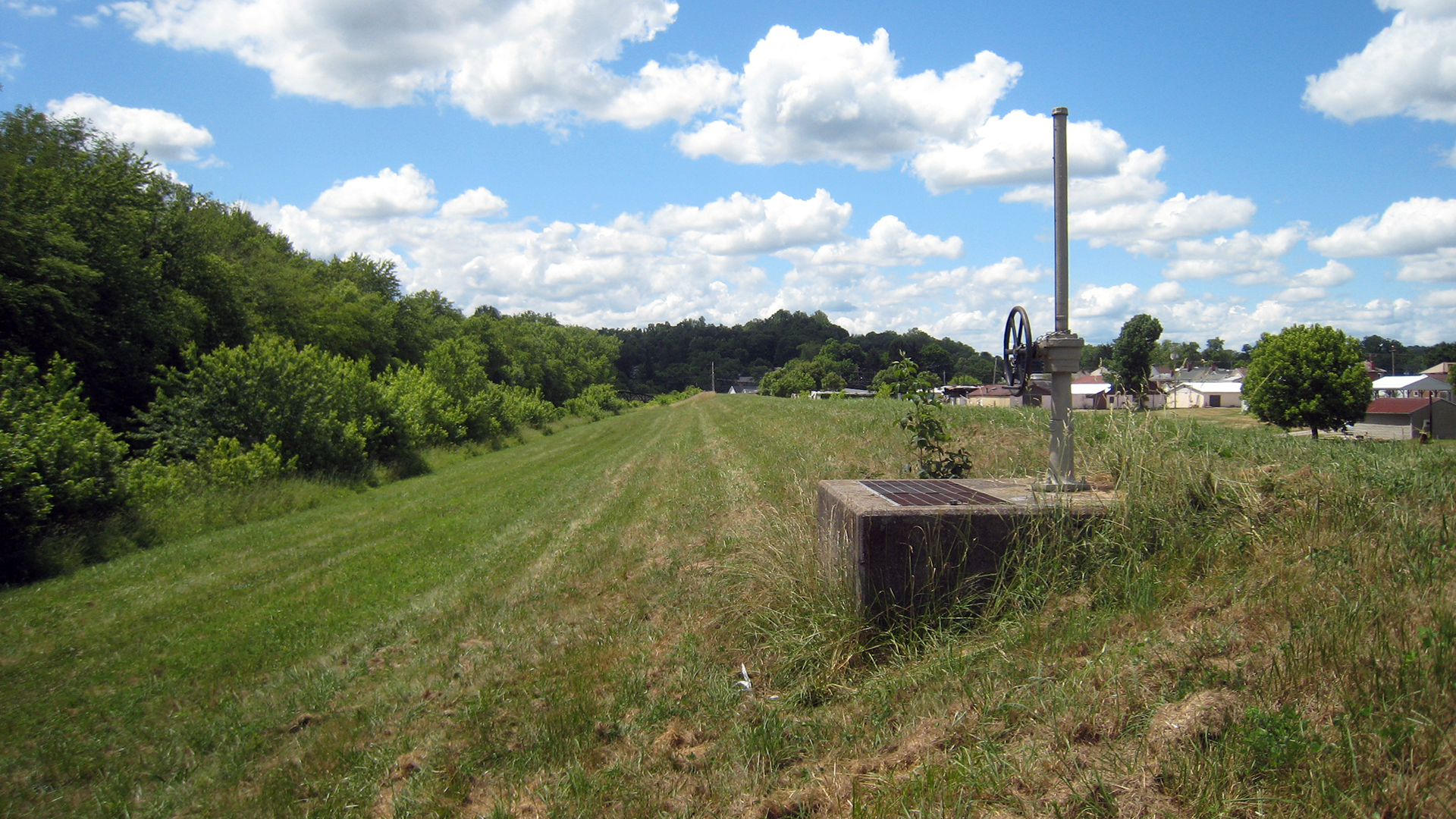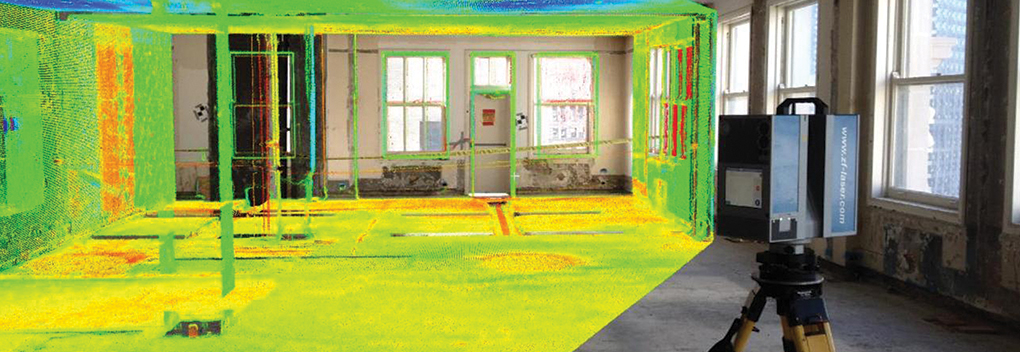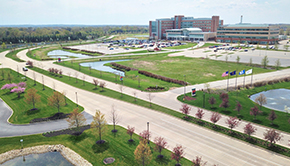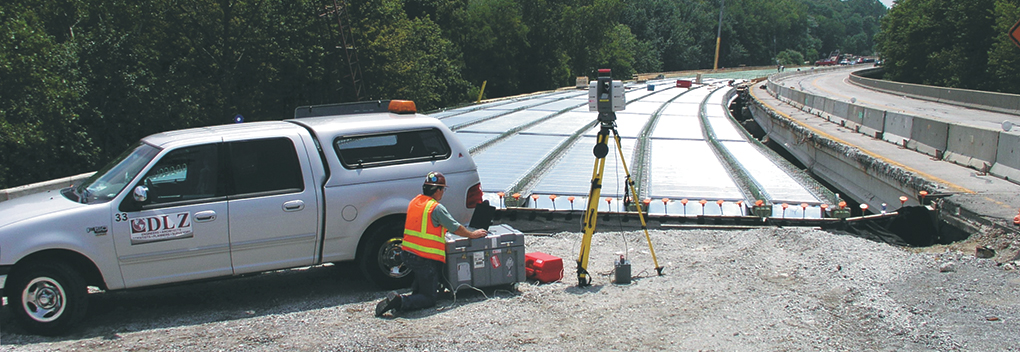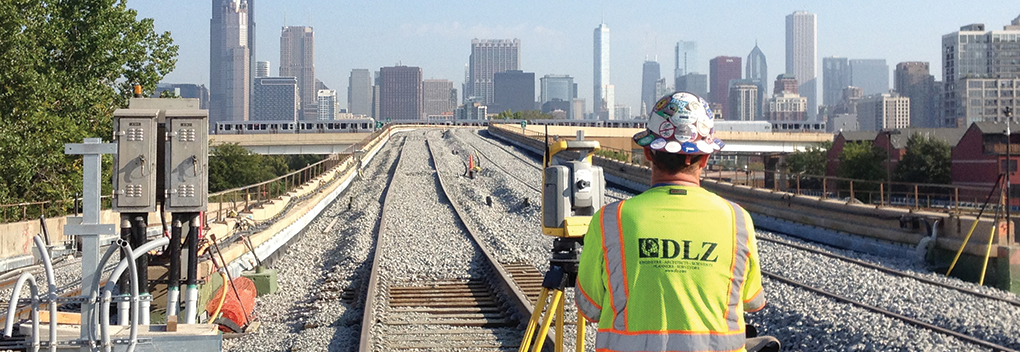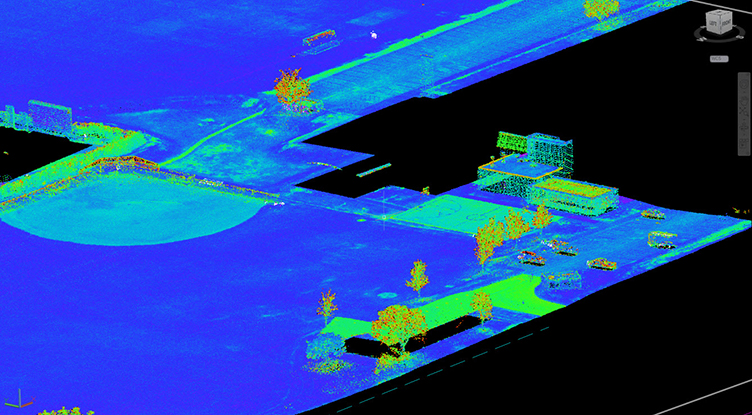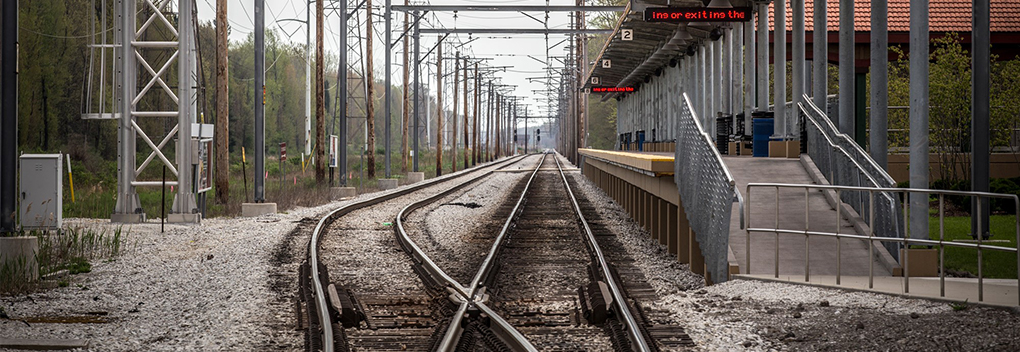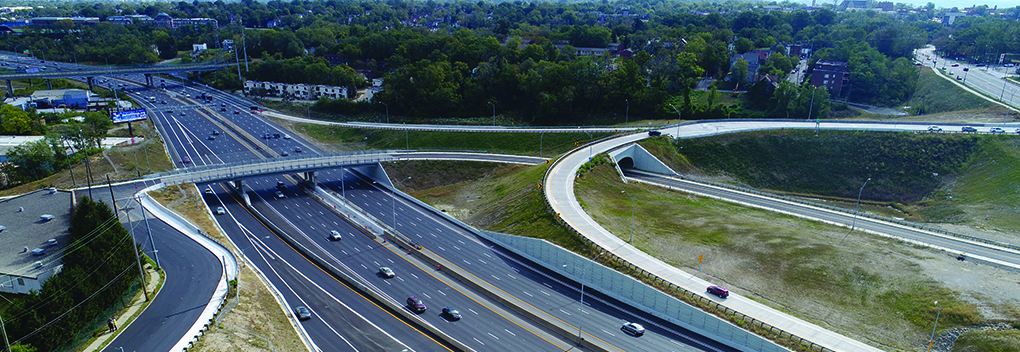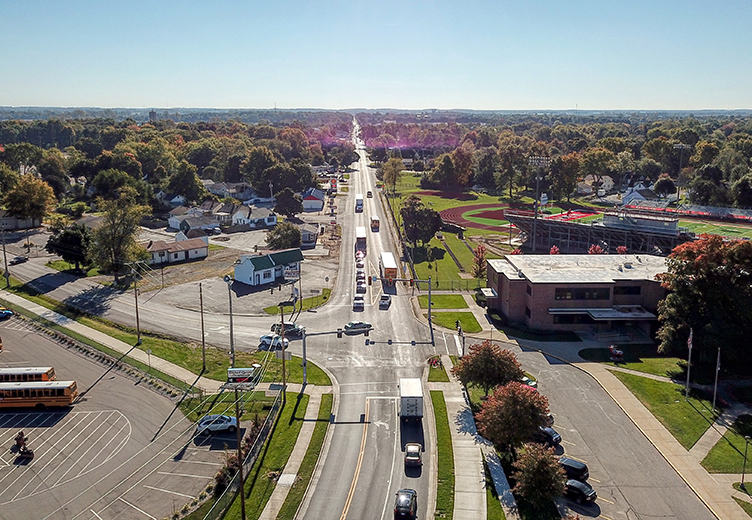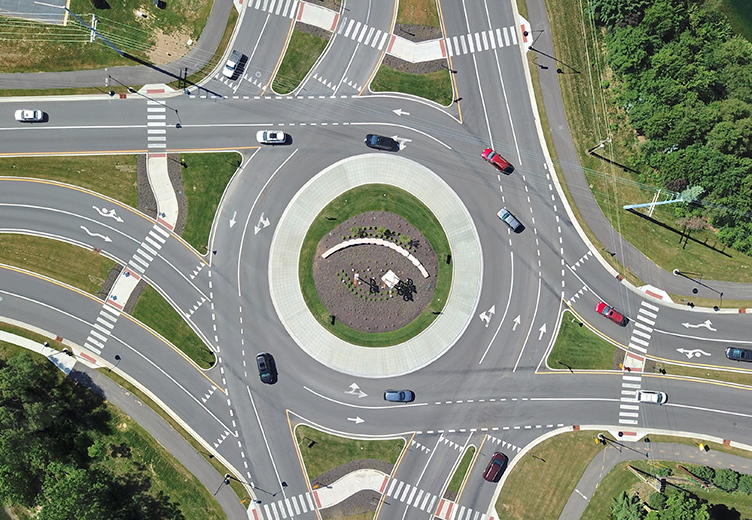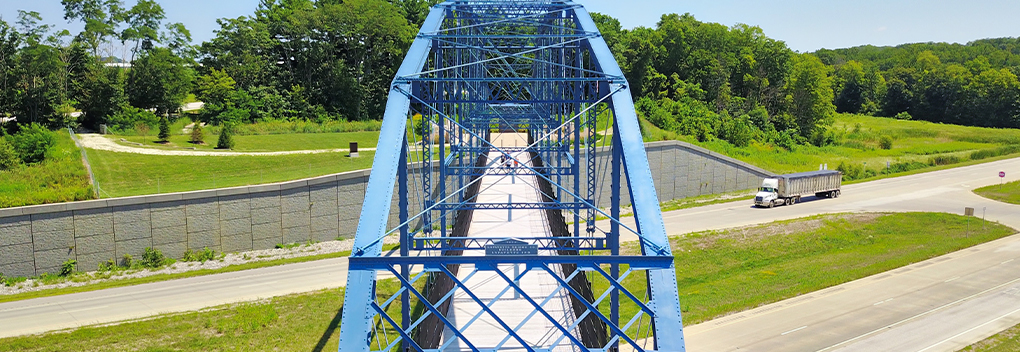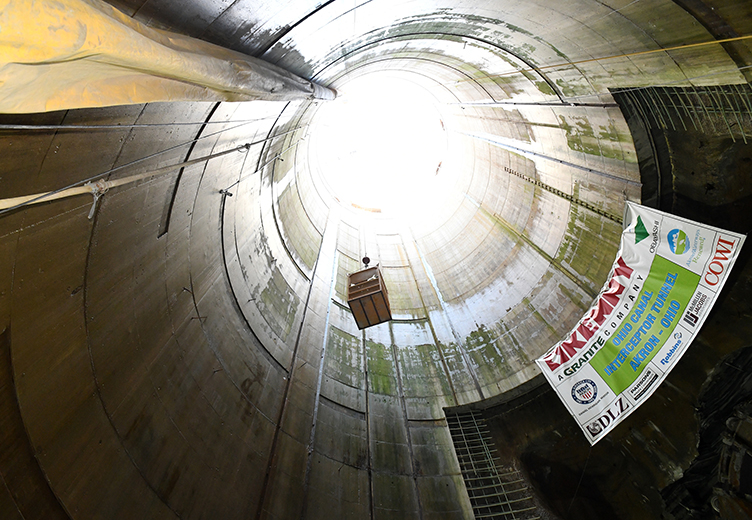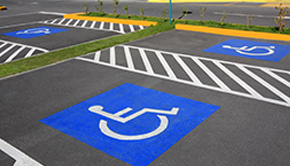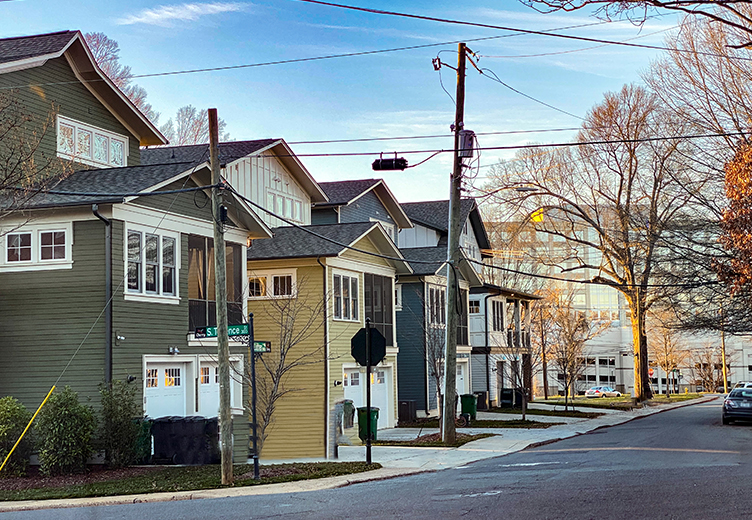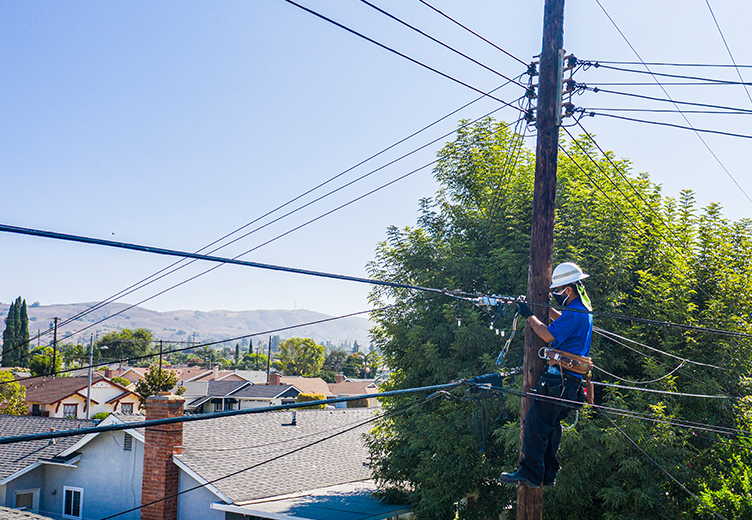GIS Mapping for Monongalia County (WV) Broadband Study Strategic Plan
As a subconsultant to Ice Miller Whiteboard, DLZ developed all GIS mapping, arranged the stakeholder meetings, developed the visual presentations, and compiled the final report for the broadband study strategic plan.
Broadband is not a single technology but a term that describes a range of technologies that provide reliable high-speed internet access. Ensuring sufficient fiber and wireless broadband availability has become a priority for communities, businesses, and residents for economic growth, education, and health care.
The strategic plan recommended that the County invest in a middle-mile fiber backbone network. The fiber backbone could be funded utilizing federal infrastructure funding, supplemented with state and federal grants. The resultant network could then be made available to private providers to expand the county’s last-mile connectivity.
The team facilitated multiple stakeholder meetings and town halls to solicit feedback on existing broadband service, and it conducted a targeted survey of Monongalia County residents, which garnered 1,870 responses. We also had significant interest and collaboration from existing utility providers, many of whom expressed a willingness to allow their rights-of-way and easements to be used for the middle mile construction.
The team completed an analysis and inventory of existing public and private internet infrastructure, technology, and assets within Monongalia County. This analysis and inventory provided a basis for recommendations for expanding broadband, identifying potential network routes and interconnection points, and identifying existing and potential infrastructure recommendations to support and maximize service in the County.
The team used the Purdue Center for Regional Development’s 2019 Digital Divide Index (DDI) to measure the county’s physical access and socio-economic characteristics that may limit broadband usage. The DDI comprises the infrastructure adoption (INFA) score and the socioeconomic score (SE). Because Monongalia County has a higher INFA score than a SE score, it is recommended that the County take steps to improve its broadband infrastructure.
This map that DLZ developed indicates that 39% of existing broadband service in Monongalia County is provided by fiber connectivity. Of that 39%, 47% is provided via digital subscriber lines (DSL) and 37% via cable. The remaining 16% is provided via fixed wireless.





